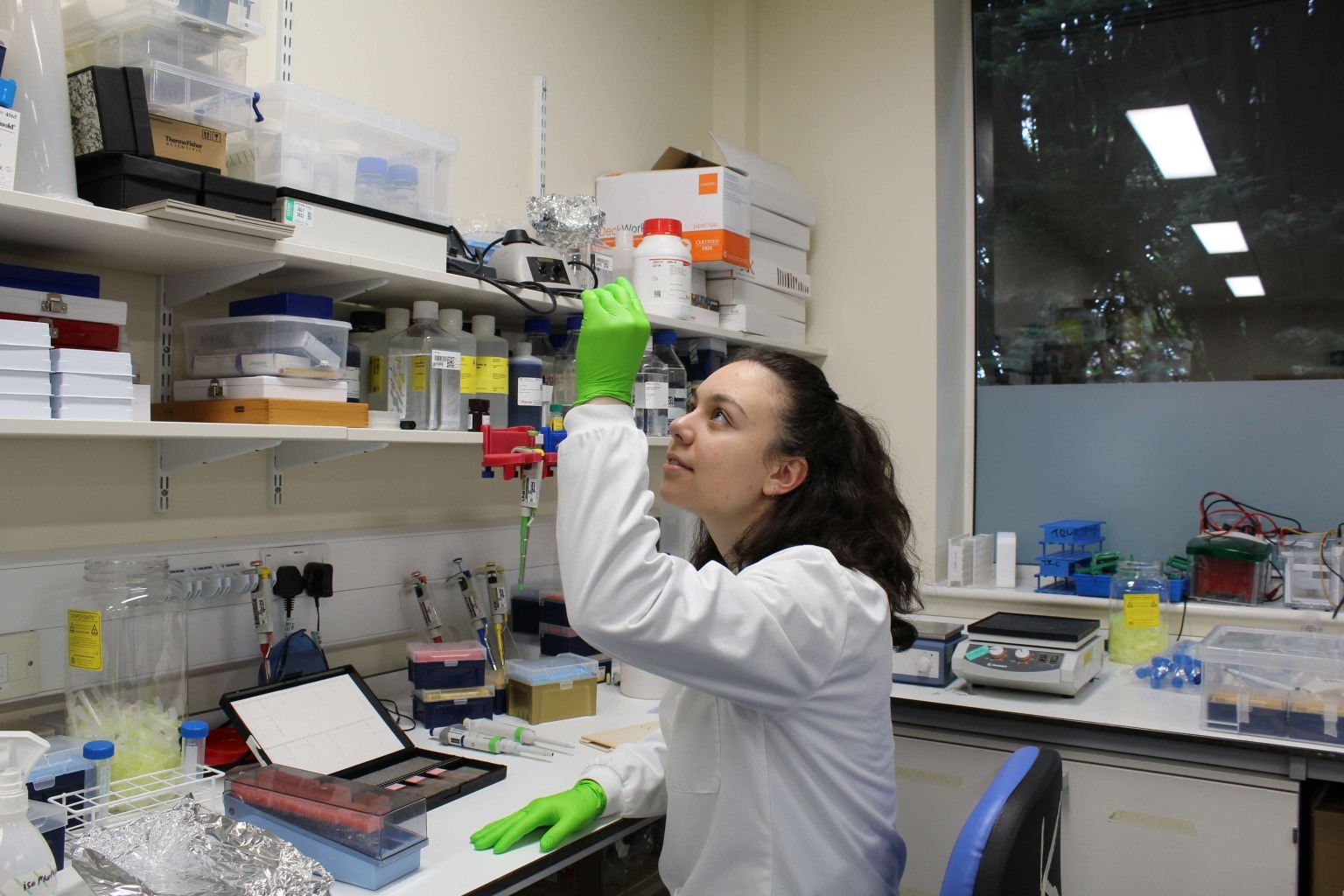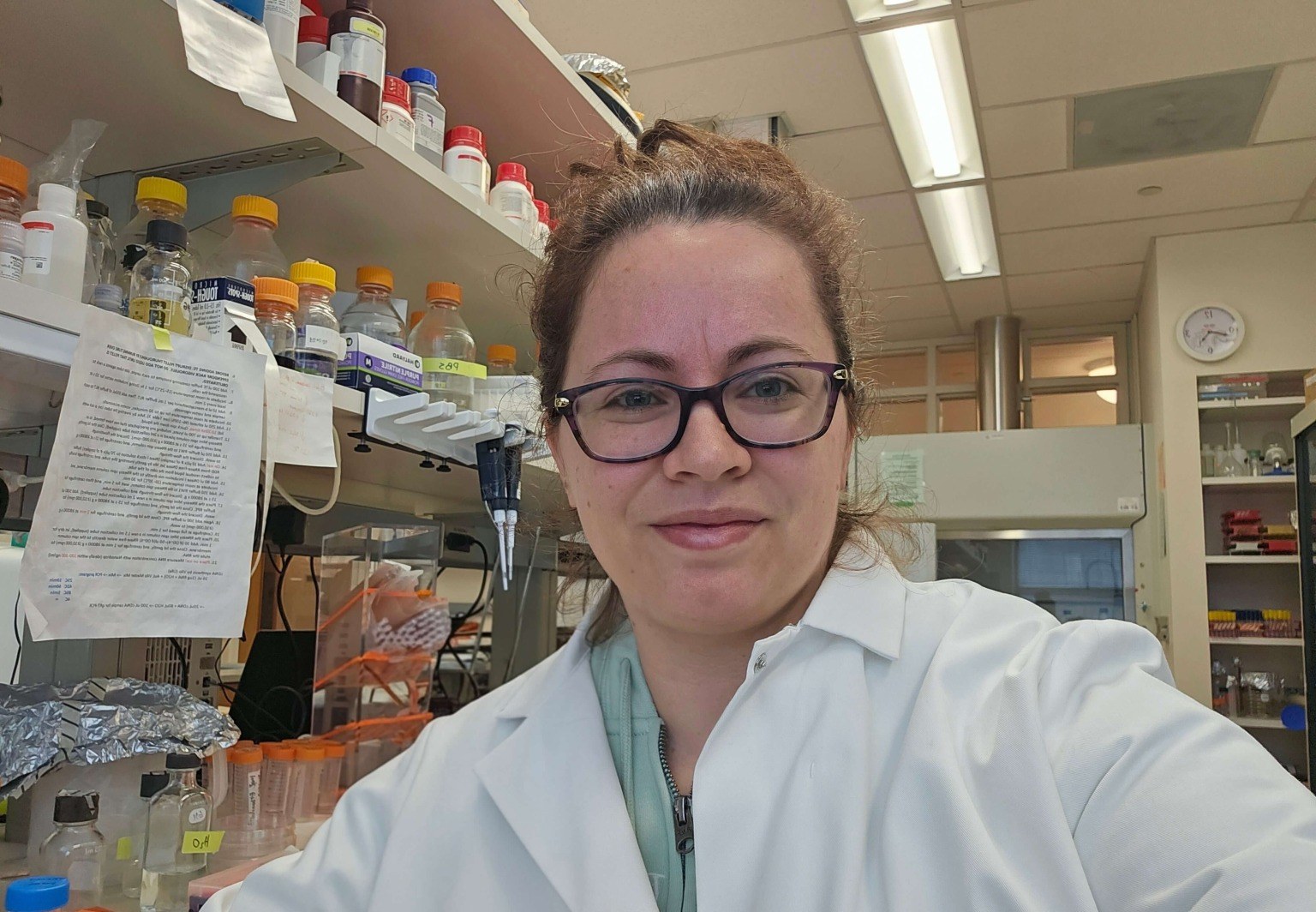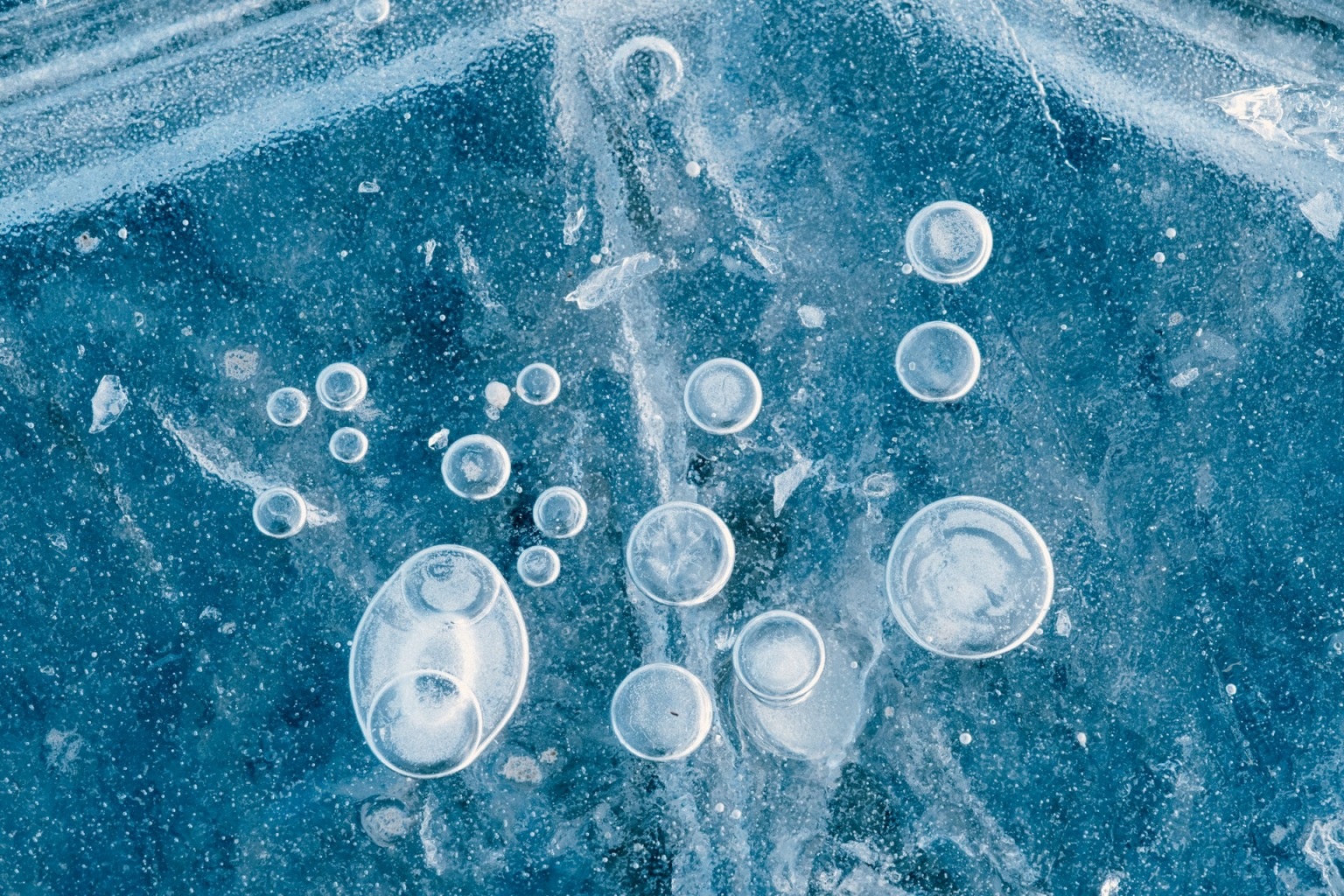
Celebrating the International Week of Science and Peace
Tatiana Charikleia Styliari

Sam Myers, Principal Research Scientist of the Harvard T.H. Chan School of Public Health, introduces the emerging field of “Planetary Health,” which delves into the intersection of environmental factors and human health. This field highlights the link between protecting nature and protecting ourselves. Through this interdisciplinary approach, researchers can delve deeper into this bidirectional relationship.
But why is there an increasing environmental concern among people? Recent studies conducted by the World Health Organization (WHO) reveal that 23% of global deaths can be attributed to environmental factors [1].
This article, further emphasizes the dynamic interplay between humans and the environment, exploring whether this is a cause-effect relationship. Here, the article focuses on explaining how environmental factors can be harmful to human health and how human actions damage nature, which again ends up hurting human well-being.
Various environmental factors can contribute to diseases or increase people’s vulnerability to them. Among these factors, water quality, air pollution, and exposure to chemicals are widely recognized as significant contributors.
Water
Numerous severe infectious diseases, as well as the risk of non-communicable diseases (NCDs), can be transmitted through contaminated drinking water. Globally, water quality ranks as the second leading cause of illness. Waterborne diseases may come from bacteria, viruses, chemicals, or parasites. According to the Center for Disease Control and Prevention, the US had 52 reported outbreaks related to waterborne diseases in 2021. Among them, 19% were attributed to chemicals and toxins, 69% to bacteria, while the remainder resulted from viruses and parasites. The Environmental Protection Agency (EPA) is tasked with regulating contaminants and establishing acceptable levels of such substances in drinking water. This responsibility is critical, as the EPA, upon reviewing health data, determines the reference dose for each chemical. However, for microbial contaminants or those considered carcinogenic, the EPA sets this level at zero, prioritizing public health [2, 3].
Air
Air pollution stands as a significant environmental health hazard and a major global health threat. According to the Lancet Commission on Pollution and Health, in 2019, air pollution was responsible for 9 million deaths annually, one in six deaths worldwide [4]. There are three primary groups of air pollutants that are particularly concerning for public health regarding air quality: particulate matter (PM), ozone, and heavy metals. PM is a mixture of primary pollutants such as nitrogen oxides (NOx), sulfur dioxide (SO2), and carbon monoxide (CO), with adverse health effects at varying concentrations of PM10 or PM2.5. PM2.5, which is 30 times thinner than a human hair, can be inhaled into lung tissue, contributing to health issues. Long-term exposure to PM has been associated with approximately 60,000 deaths per year (WHO, 2001a). Traffic-related air pollution (TRAP) increases ambient air pollution, and is established as a risk factor, primarily for cardiovascular diseases. It’s noteworthy that rapid population growth, dependence on vehicles, and the trend of more people living and working near busy areas indicate TRAP exposure as a significant consideration [5-7].
Human activities are re-shaping ecosystems and the physical environment, often resulting in adverse consequences for themselves. Common practices like overpopulation, deforestation, and the combustion of fossil fuels significantly contribute to environmental degradation. These actions can lead to detrimental effects such as climate change, degraded air quality, and contamination of drinking water. Deforestation, for example, sets risks to human health by disrupting animal and plant habitats, potentially enabling the transmission of pathogens from wildlife to humans through interactions between hosts and parasites. According to one systematic review, 56.9% of studies so far, demonstrate an increase in pathogen transmission as a result of land use changes [8-10].
Burning fossil fuels, another human practice, releases greenhouse gases like carbon dioxide. This contributes to the trapping of heat in the atmosphere, consequently exacerbating climate change. It is reported that fossil fuels account for 25% of emissions in the US alone. Additionally, the combustion of fossil fuels produces air pollution, emitting hazardous pollutants such as sulfur dioxide, nitrogen oxides, particulate matter, carbon monoxide, and mercury. This not only harms the environment through phenomena like acid rain and eutrophication, by reducing oxygen levels, but also leads to various health issues such as asthma and heart disease [11].
Basically, taking care of the environment means taking care of ourselves. By protecting nature, we ensure a healthier future for everyone.

Sources [1] Millions of deaths from environmental causes are preventable, says WHO. [2] 2021 Waterborne Disease Outbreaks Annual Surveillance Report. [3] Safe Drinking Water Act. 2023 [4] Pollution and health: a progress update. [5] Perspectives on air quality policy issues in Europe and North America. [6] Air Pollution and your Health 2024 [7] Monograph on the Systematic Review of Traffic-related Air Pollution and Hypertensive Disorders of Pregnancy [8] Anthropogenic Land Use Change and Infectious Diseases: A Review of the Evidence. [9] Global Consequences of Land Use. [10] Effects of environmental change on emerging parasitic diseases. International Journal for Parasitology [11] Climate, Environmental, and Health Impacts of Fossil Fuels.

Tatiana Charikleia Styliari


Katerina Britzolaki

Athina Lisgara